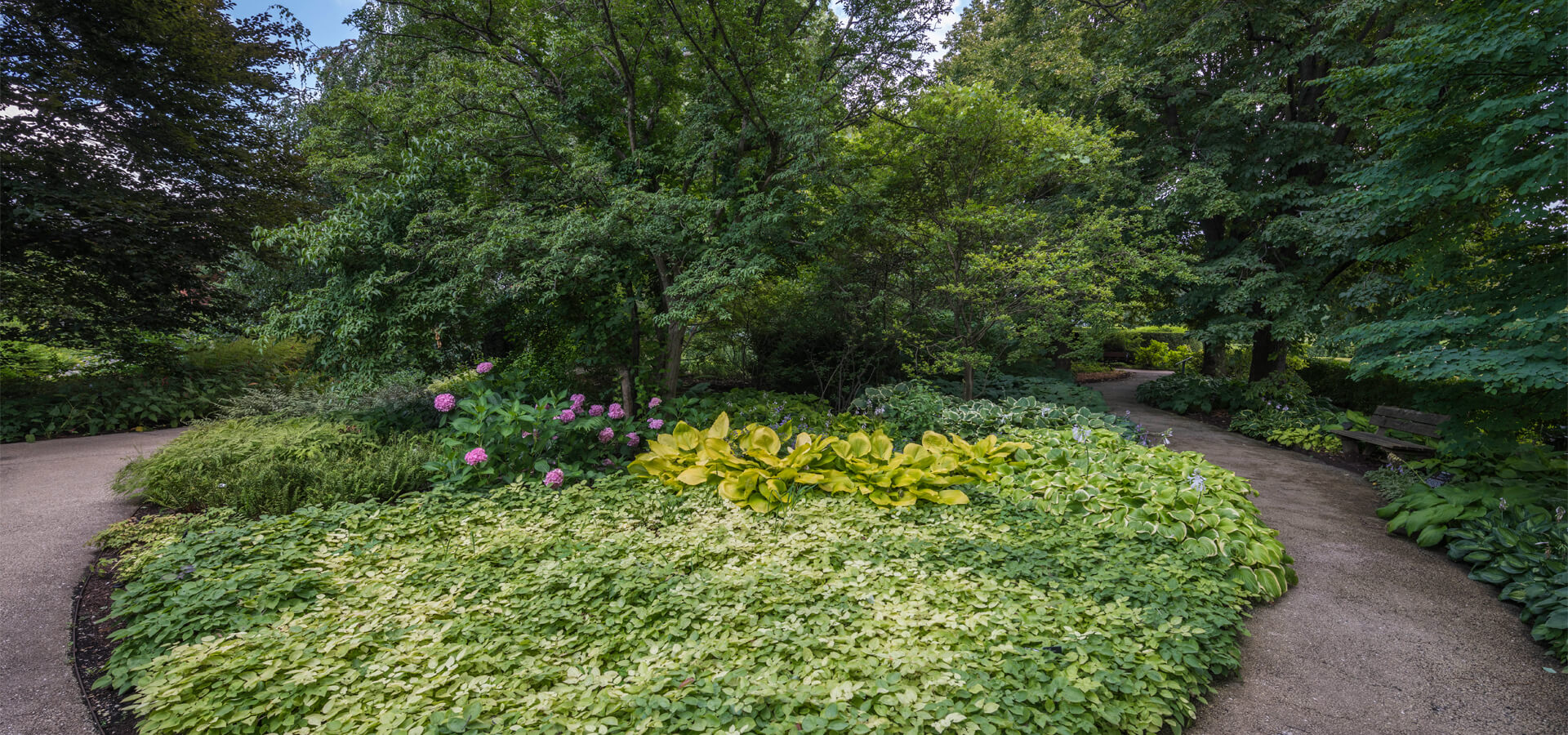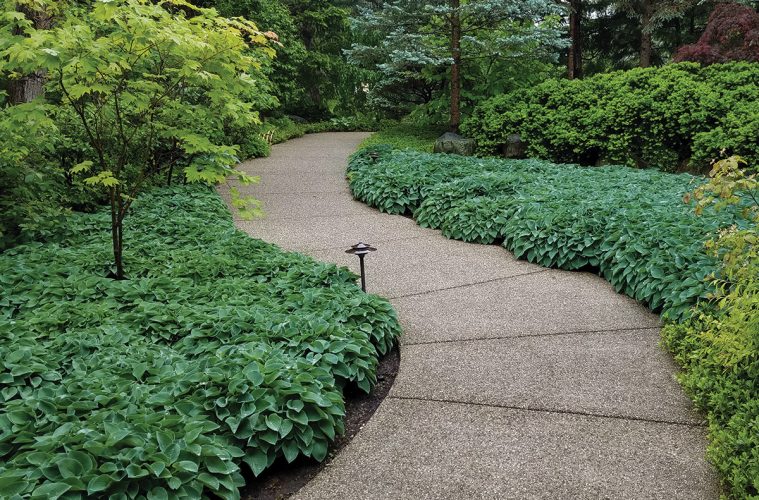In the realm of garden design, groundcovers are the unsung heroes that can transform your outdoor space into a lush and vibrant haven. These low-lying plants, often underestimated, play a crucial role in enhancing the beauty and functionality of your garden. Let’s explore what groundcovers are and why they are essential for cultivating a thriving and picturesque garden.
Groundcovers are a diverse group of plants that spread horizontally to cover the ground, creating a verdant carpet beneath larger plants and trees. They come in various forms, including low-growing perennials, spreading shrubs, and even creeping vines. What sets groundcovers apart is their ability to knit the soil together, providing a protective layer that offers numerous benefits for your garden.
One of the primary advantages of incorporating groundcovers into your garden is their ability to suppress weeds. By forming a dense cover over the soil, these plants naturally crowd out unwanted invaders, reducing the need for chemical herbicides and tedious weeding sessions. This not only saves time and effort but also contributes to a healthier and more balanced ecosystem within your garden.

Unsplash
Beyond weed control, groundcovers act as living mulch, helping to conserve soil moisture and prevent erosion. Their sprawling nature creates a natural barrier that shields the soil from the sun, reducing evaporation and keeping the ground consistently moist. This is especially beneficial in arid climates or areas with irregular rainfall, where maintaining soil moisture can be a challenge.
Moreover, groundcovers contribute to the overall aesthetics of your garden by adding texture, color, and depth. Whether you opt for the delicate blooms of creeping thyme, the lush greenery of ajuga, or the vibrant foliage of sedum, these plants bring visual interest to the ground level, creating a harmonious backdrop for taller plants and garden features.
In addition to their practical and aesthetic benefits, groundcovers provide a habitat for beneficial insects, including pollinators and predatory insects that help control pest populations. This fosters a healthy and biodiverse environment, promoting the sustainability of your garden.
Feature image: Pexels


